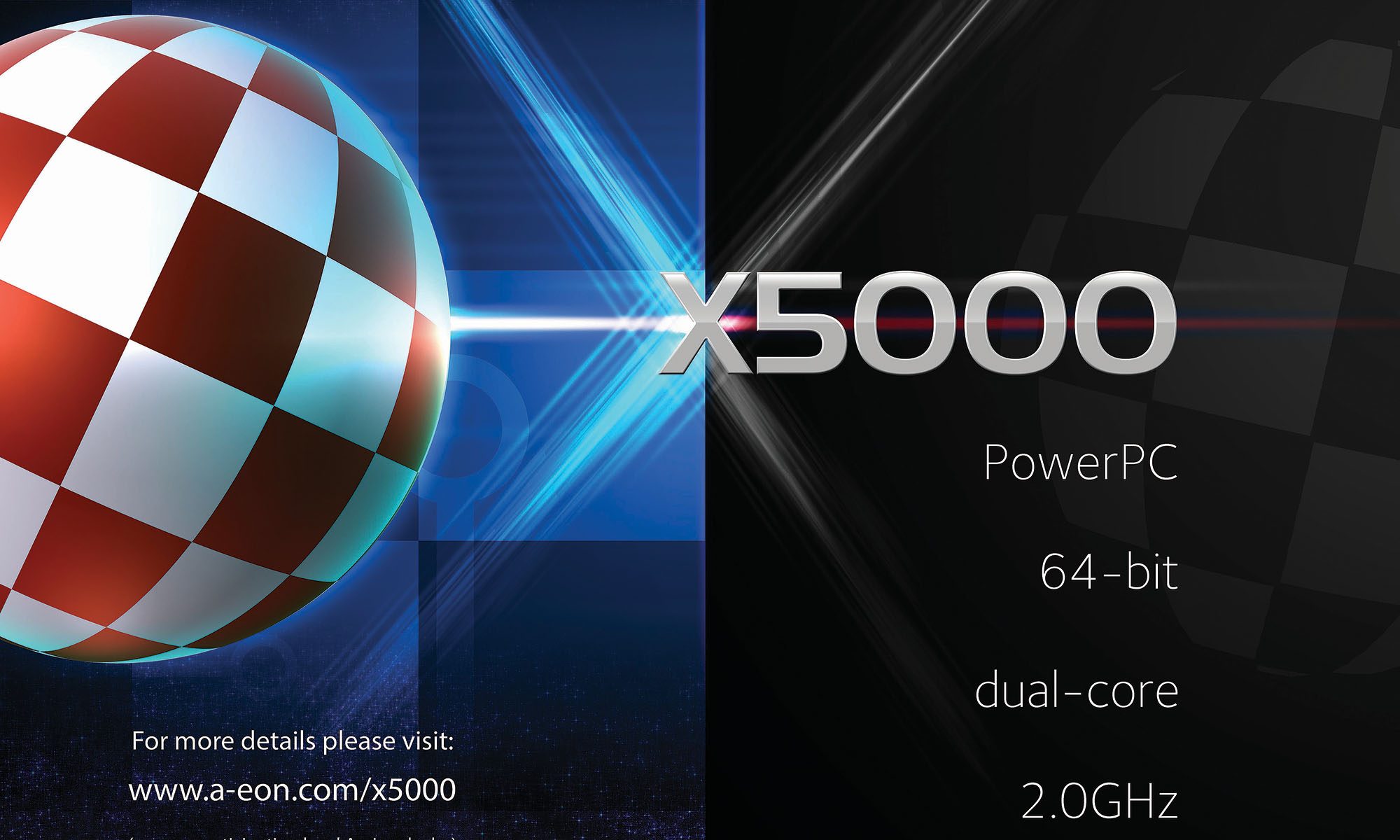After the success of the AmigaONE X1000 it quickly came apparent that using a end of life CPU was not a going to be a long term solution going forward as unfortunately demand out striped supply and the CPU prices started to go up and so it was never possible to decrease cost of the nemo board, a new solution was needed to really support the Amiga platform going forward so a £1.2 Million contract was signed to ensure this and a new motherboad would be needed. Project Cyrus began, the goal was simple to replace the X1000 with the goal of making it more affordable if possible and future proof the motherboard and have long term support in place, part of the contract with the makers of the system Varisys is that the board is to have at least 10 year support and this time the CPU in PPC terms to be used was to be the very latest CPU core and the motherboard was designed from the outset to be able to use three different CPU chips this not only gives A-EON options for the future but also protects them selves with falling into the same trap.
The Specs!
CPU: P3041 / P5020 / P5040 1.5Ghz to 2.4Ghz
Co-processor: “Xena“ Dual Core 500 MHz Xmos XCore XS1-L2 128 SDS
GFX: uknown (most likly Radeon HD 5000+) Memory: 2x DDR3 SDRAM slots 16Gb max
6x USB 2.0
1x Gigabit Ethernet
2x PCIe x16 slots (1×16 or 2×8)
2x PCIe x1 slots
1x Xorro slot (gives access to “Xena”)
2x PCI legacy slots
2x RS-232
2x SATA 2 connectors
1x ISerial
1x MircoSD – Bios
via AmigaONE X5000.









